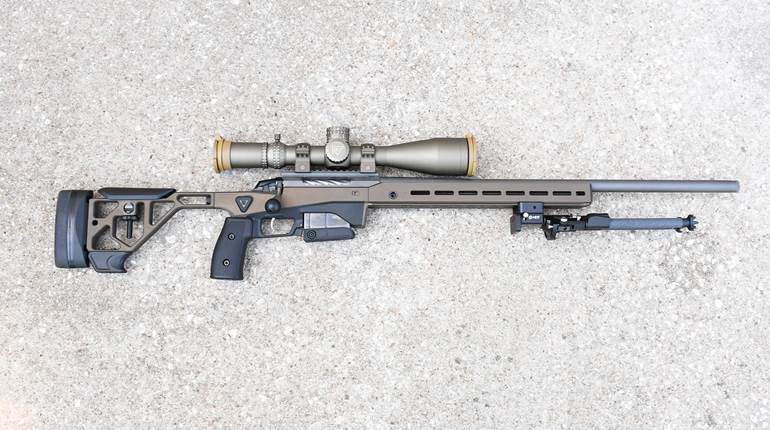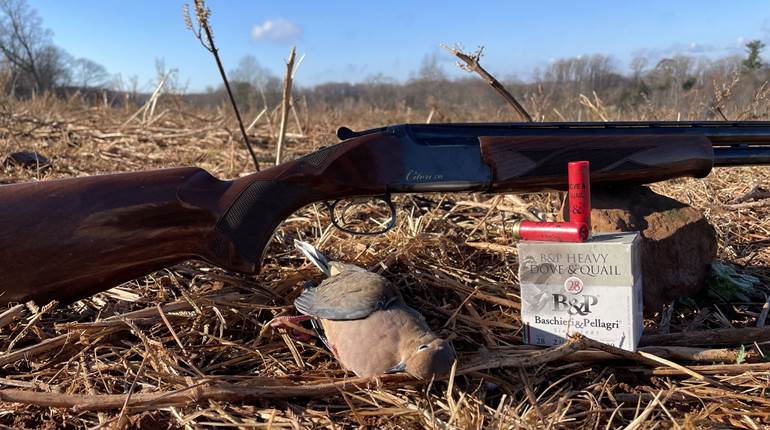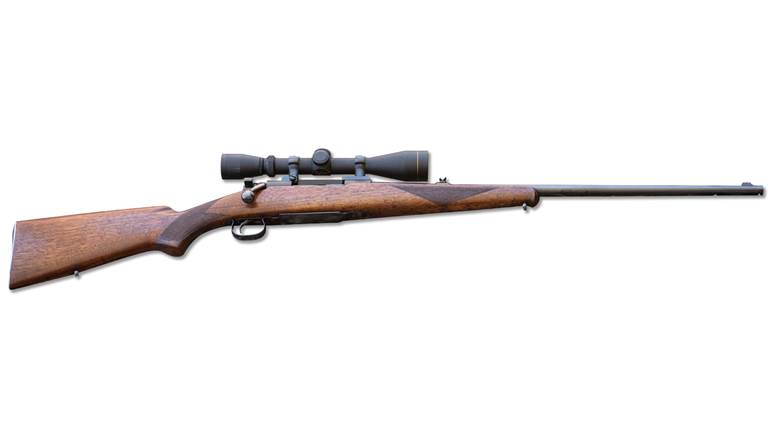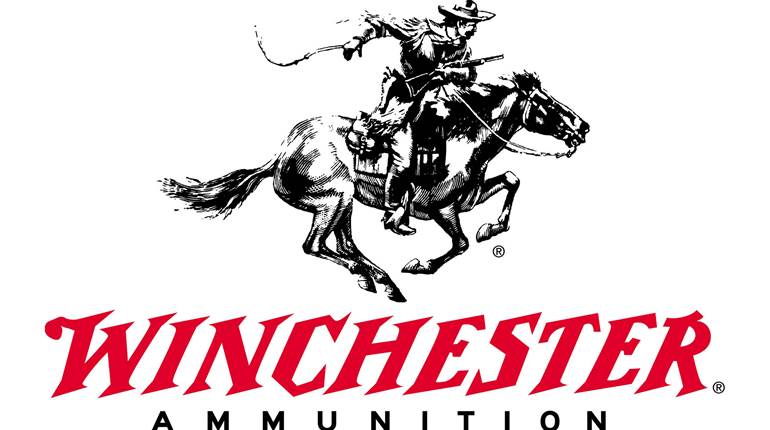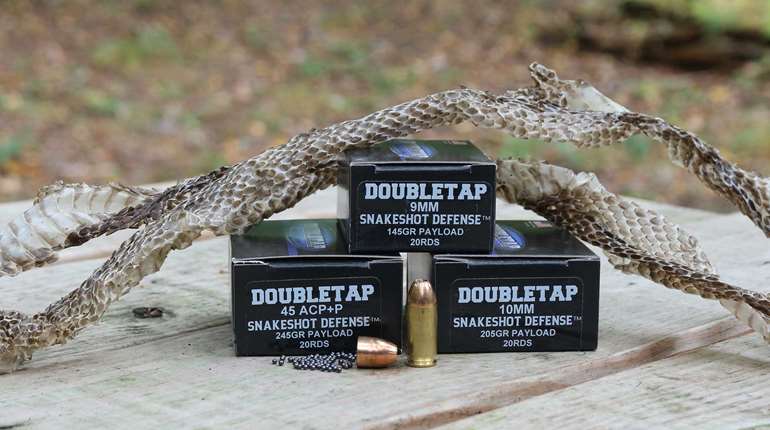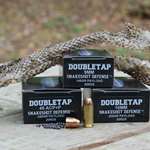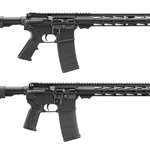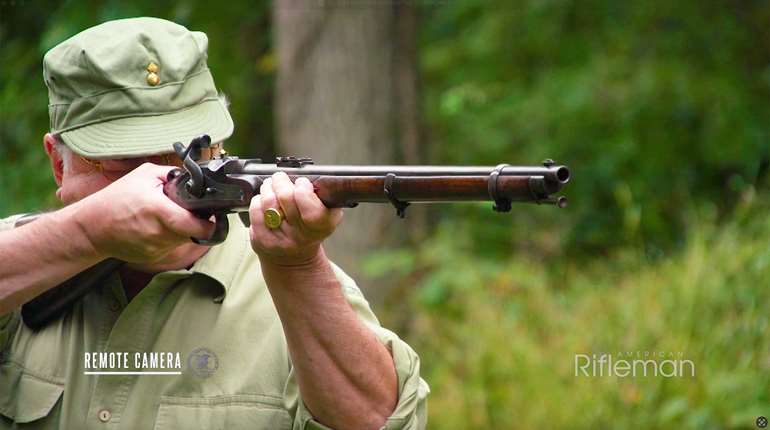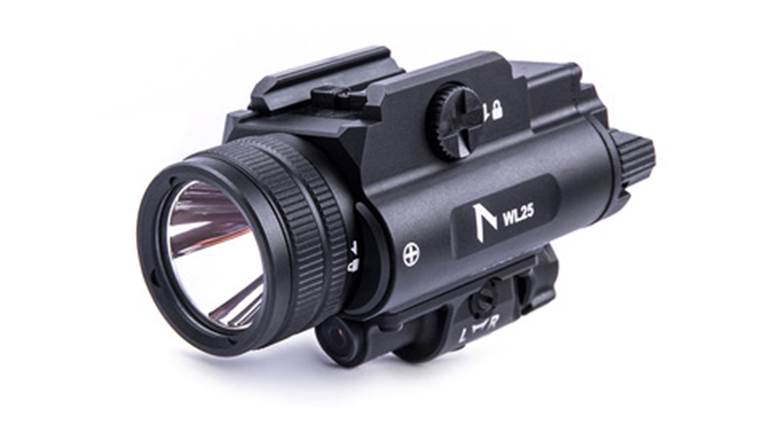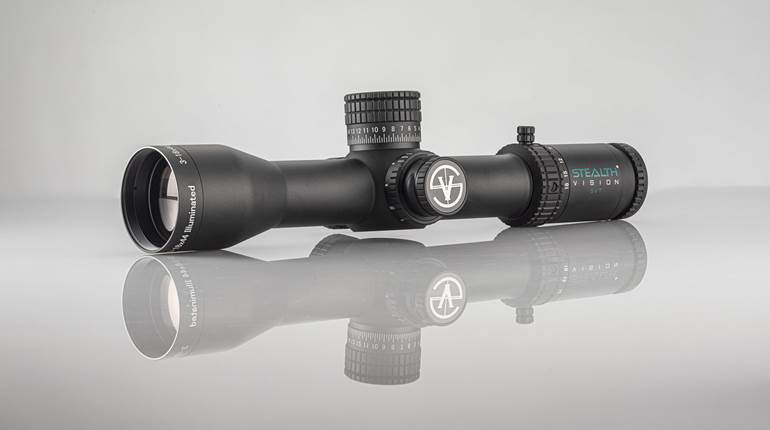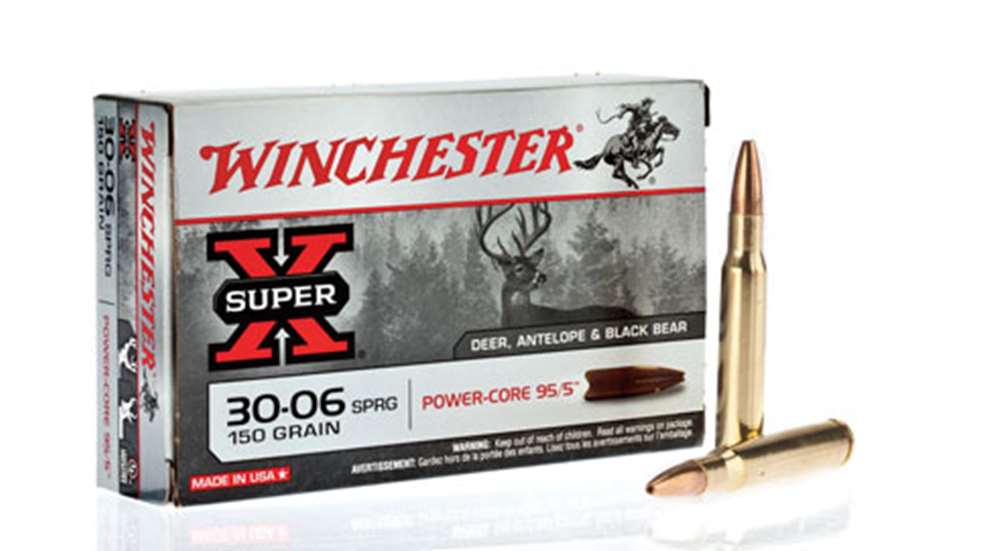
Among the most-respected big-game bullets, Winchester’s Power-Point has served as the company’s flagship projectile since 1960. In fact, so good is Power-Point’s design for pursuing its intended quarry that it was only two years ago that the bullet’s bonded-core counterpart, Power-Max Bonded, came to market. But, as well-rounded as the value-priced Super-X line seemed, it wasn’t until this year that a “lead-free” option was addressed: Enter Power-Core 95/5.
“Power-Core 95/5 is patterned after the terminal performance of the time-honored Power-Point,” explained Winchester Ammunition Product Manager Mike Stock. “That being said, it is optimized for use on thinner-skinned large game, such as whitetail and mule deer, antelope and black bear, where rapid expansion and large expanded frontal area are desired.” Essentially, Power-Core 95/5 was envisioned as an economical complement to Nosler’s lead-free E-Tip, found in Winchester’s Supreme line.
As its “95/5” name implies, Power-Core is manufactured from a 95-percent-copper/5-percent-zinc alloy, a popular material for use in lead-free projectiles. Why? “We have found this alloy has the right mix of strength and flexibility to be an ideal fit for a bullet like Power-Core 95/5,” explained Stock. But, the material wasn’t foreign to Winchester; in fact, the company used it in its XP3 bullet, the sole load in the Supreme Elite line. Interestingly, the Nosler E-Tip is also manufactured from the alloy.
The downside in using non-lead alloys is that, when compared to a lead-core projectile of identical weight and caliber, the former is markedly longer, thereby reducing propellant capacity. For this reason, Winchester selected light-for-caliber bullet weights to begin with, and then later will add heavier options. For example, in .270 Win. it currently loads a 130-grain Power-Core, and in .300 Win. Mag. there’s a 150-grain version. Power-Core 95/5 is designed to retain 95 to 100 percent of its pre-expansion weight, so recovered projectiles will likely weigh as much as, if not more than, lead-core projectiles that shed material during expansion/penetration. In comparison, Power-Point typically retains 55 to 65 percent of its original weight, and Power-Max Bonded 70 to 80 percent. By using lighter projectiles, velocities can also be kept close to those of loads with lead-core bullets of identical weight.
But, additional length isn’t all bad. When a respectable ogive and boattail base (absent in .30-30 Win.) are included, the ballistic coefficient (BC) increases, reducing both bullet drop and wind deflection downrange as well as retaining more energy. A sufficient increase in BC can also negate slightly lower muzzle velocities, especially as range increases. A prime example is the 150-grain Power-Core used in the .30-’06 Sprg. and .300 Win. Mag loads, which has a BC of .344 as opposed to Power-Point’s .294 BC. Using the factory-published velocity 2,920 fps (.30-’06 Sprg.) and a 100-yard sight-in distance, Power-Core 95/5 drops 0.9-inches less at 300 yards—minimal difference—and 2.4 inches at 400 yards, the bullet’s outer functional range. More important, though, is that, in a 10-mph crosswind, the 95/5 deflects off course 1.8-inches less at 300 yards and 3.6-inches less at 400.
To ensure reliability at a variety of velocities, and thus distances, Winchester focused on Power-Core’s nose and cavity. “Our engineering team has put a lot if effort into the design of the hollow point in order to maximize this expansion window,” emphasized Stock. “The tapered, hollow point works in concert with internal notches to ensure positive expansion out to 400 yards, except for .30-30 Win., which is 250 yards.” Typical expansion is two times its original diameter.
With regard to propellants, Stock reported, “The Power-Core 95/5 loads are developed with traditional powders that we have determined through the years to be the most advantageous for hunting applications. Many factors and criteria go into our powder selection, and temperature stability is one of those factors.” All propellants were developed in 24-inch SAAMI barrels, and one can expect a 40-fps velocity loss per inch of barrel less than that length.
Testing Super-X Power-Core 95/5
As with Elite Blind Side, the testing of Power-Core 95/5 took place through an extended period, beginning with field-testing. To evaluate Power-Core on its intended quarry, other outdoor writers and I were invited to Sonora, Texas, for a three-day hunt with SOE Hunts to pursue free-ranging axis deer and feral hogs.
After the requisite zero verification, during which the 130-grain load proved exceptionally accurate in the .270 Win.-chambered Savage Axis rifle, the hunt began. It wasn’t until the evening of the second day, though, that Power-Core had the opportunity to prove its mettle.
Guide Joseph Martinez and I, assigned to watch a several-acre lake, had just arrived for the evening hunt when, at the water’s edge, a large boar began its getaway. I quickly followed, getting off a single shot before it reached the brush-lined hillside. The Power-Core found its mark, enabling a quick recovery. Later, upon examination, I discovered the bullet had entered and penetrated through the infamous “shield” and shoulder bone of the 275-pound-plus boar, shattered the latter, entered the chest cavity through a rib, “disrupted” the vitals and exited the chest cavity through yet another rib, before the hide’s elasticity prevented an exit. In this particularly difficult situation, 27.3 grains of material “washed”off during entry into the chest cavity, resulting in 79 percent weight retention.
Having proved capable of cleanly taking a well-above-average-size feral hog, there was little reason to doubt Power-Core’s abilities on an axis buck, which was spotted on the last morning, when its tall tines appeared suddenly out of the mist. At 106 yards, the 130-grain bullet entered the quartering-toward buck’s left shoulder and exited behind the opposite. It traveled about 60 yards before succumbing. Although I didn’t recover a Power-Core from my deer, a hunter in camp using a .30-’06 Sprg. did recover a 150-grain Power-Core from his axis buck, and it exhibited excellent expansion and weight retention.
Shooting a Kimber 8400 Sonora in .30-’06 Sprg. topped with a Bushnell Elite 2.5-10X across an RCBS AmmoMaster chronograph, velocity and standard deviation (SD) calculations for 10 shots with 150-grain Power-Core were 3,039 fps and 29, respectively, and 2,904 fps and 25 for 150-grain Power-Point. The tight tolerances of the Sonora’s barrel, combined with Power-Core’s 95/5 composition, resulted in increased velocities.
Concerning accuracy, the Power-Core load averaged 1.34 inches for five consecutive, five-shot groups, while the Power-Point load averaged 1.04 inches. Power-Point edged out Power-Core with regard to accuracy, but concerning the latter it must be said that almost without exception, three, even four, shots of each group printed exceptionally tight, but the errant fourth or fifth increased the average. What was the culprit? Barrel heat? Perhaps, because the outside temperature was 91 degrees F. Shooter fatigue? Not likely, considering a Caldwell Lead Sled Solo rest was used, and the fact that Power-Point’s more-accurate groups were shot after Power-Core testing was complete. Regardless, both the Kimber Sonora and Savage Axis (which I used on the Texas hunt) shot Power-Core acceptably, and certainly better than necessary for hunting at reasonable ranges. It’s a good option for those wanting—or requiring—lead-free, center-fire rifle ammunition, but want it reasonably priced.
Power-Core 95/5 is currently available in: 64-grain, .223 Rem.; 130-grain, .270 Win.; 140-grain, 7 mm Rem. Mag.; 150-grain, .30-30 Win.; 150-grain, .30-’06 Sprg.; and 150-grain, .300 Win. Mag. MidwayUSA prices it from $26.49 to $37.49, depending on the load.












